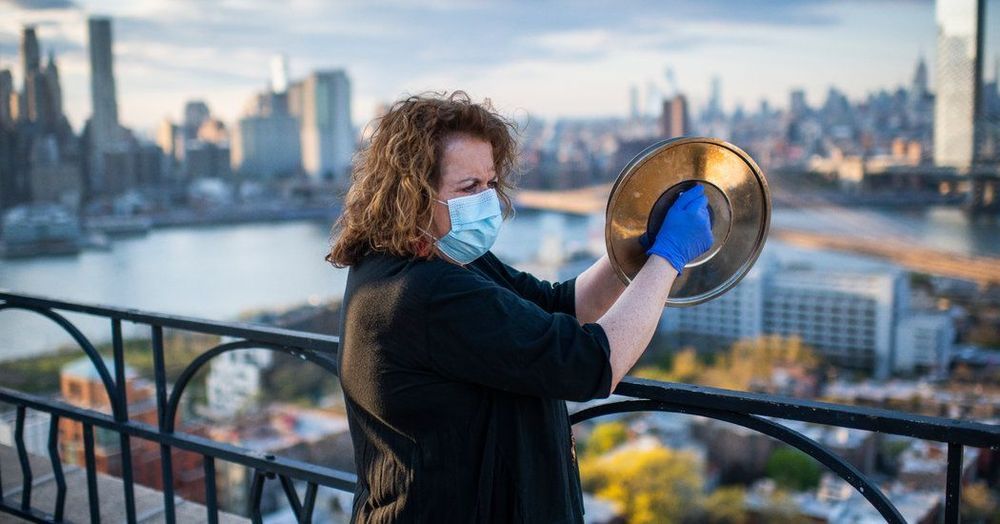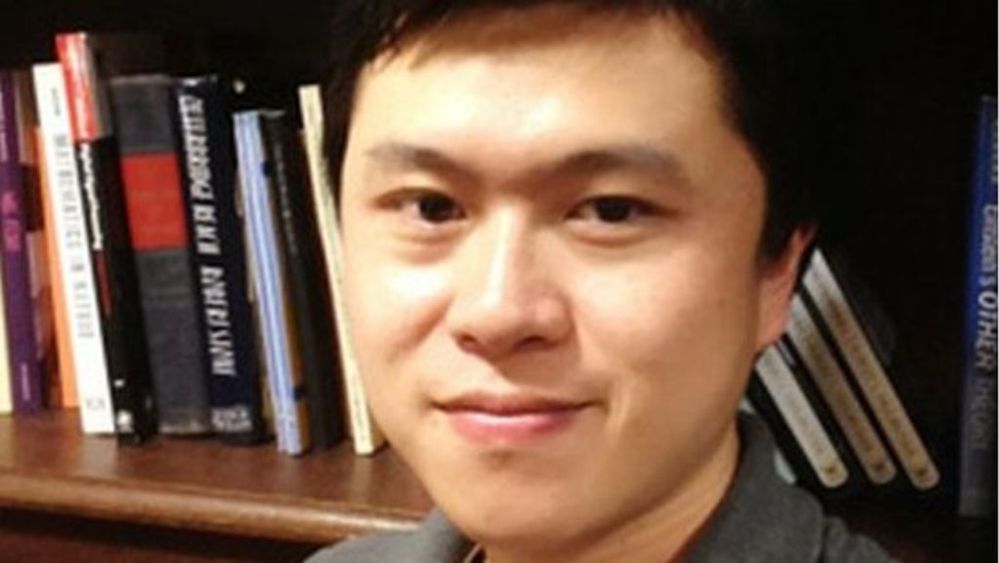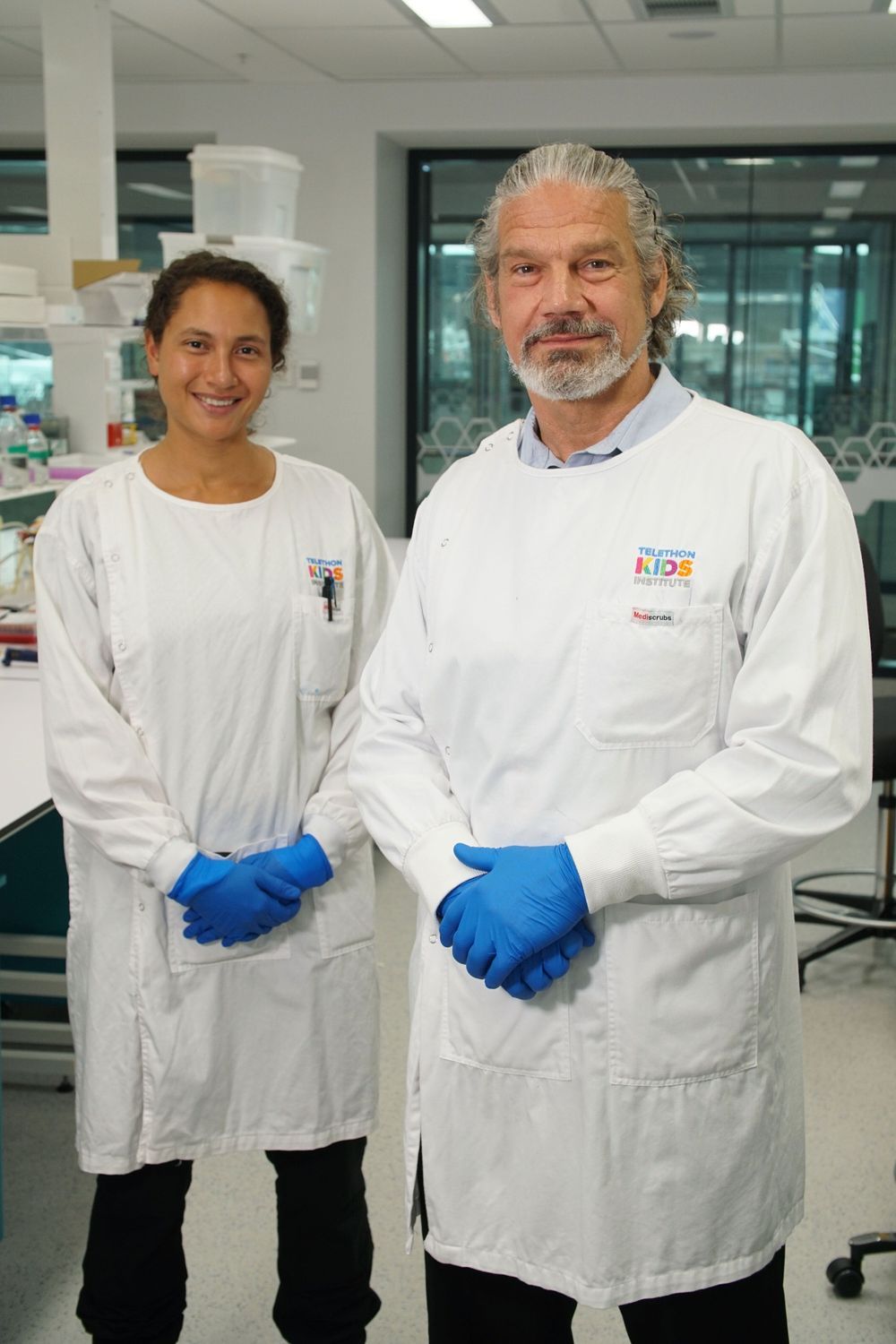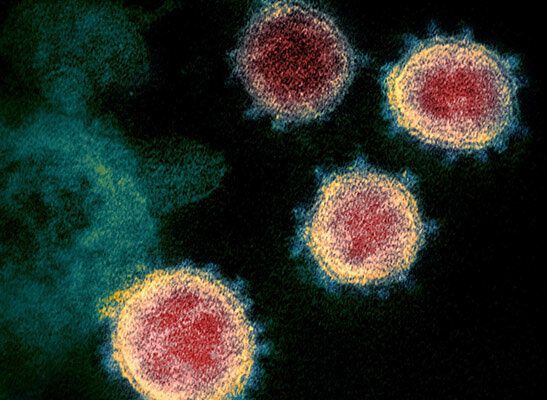Aubrey De Grey and Reason from ’ Fight Aging’:
How can the current public focus on health be leveraged to promote a focus on prevention of disease, and aging as root cause for diseases?
Ole mensching, apollo ventures aubrey de grey, SENS research foundation sonia arrison, 100 plus capital reason, fightaging
Zoom Session Transcriptions: https://otter.ai/s/2brwTOXwS4qcBOe8P_1Jhw
Hivemind | long-term futures in times of acute crisis.








